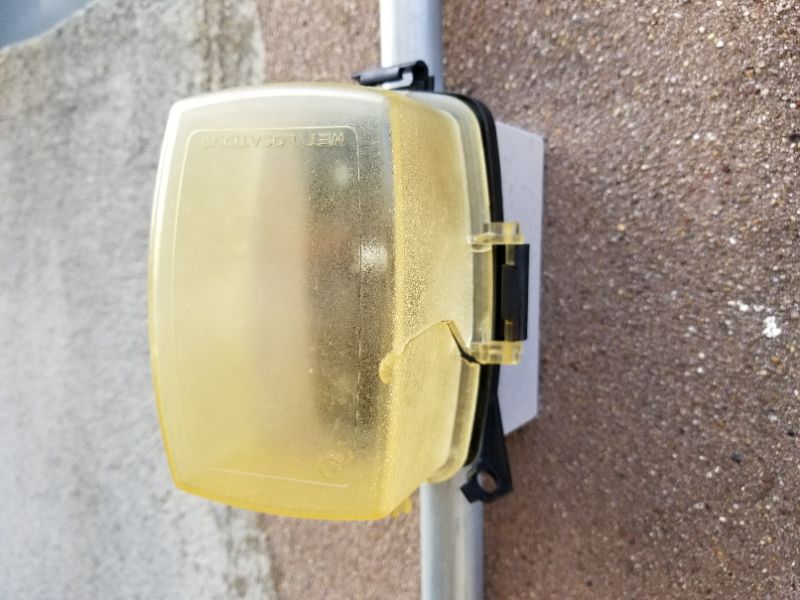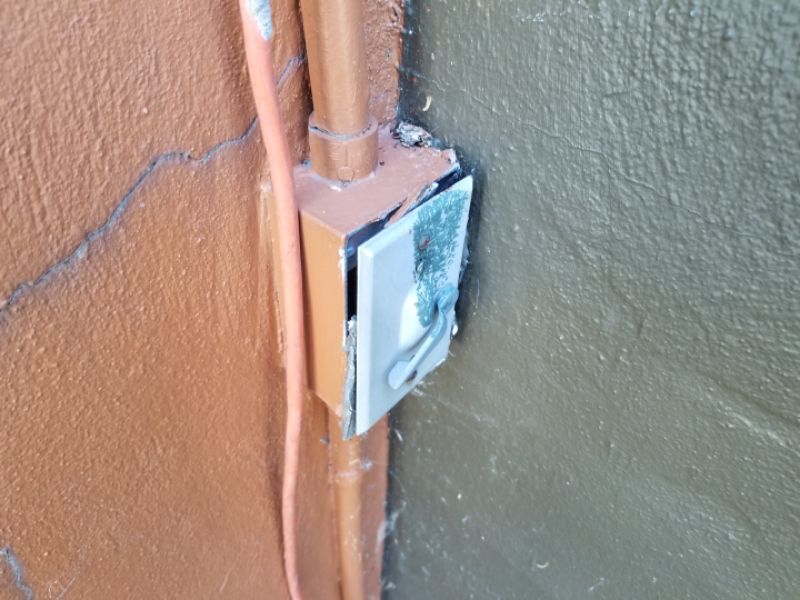We probably operate the switches in our homes more than any other part of the electrical system. It’s easy to take them for granted. If a light bulb flickers, most homeowners would blame the bulb or the lamp. As home inspectors we know that it could easily be the switch. It’s precisely because switches get used so often that they can wear out. We also know that a switch can be installed improperly, whether it’s a 3-way switch, a dimmer, or a light switch for the bathroom.
Operate and inspect switches for condition; there should be no damage to the switch or the cover plate, no intermittent action, signs of overheating, looseness, or buzzing. Any switch in a wet area must have a weather-rated cover. When a light is controlled by 2 switches, a “3-way” installation, flipping either switch in any order should affect the light. Report switches too close to tubs and showers, taped-over, or inoperative switches. Ceiling fans cannot be on standard dimmer switches: it’s the one instance where you may wish to remove a cover plate and check the label.
The switch is damaged. This is a safety hazard. Hire an electrician to replace the switch.
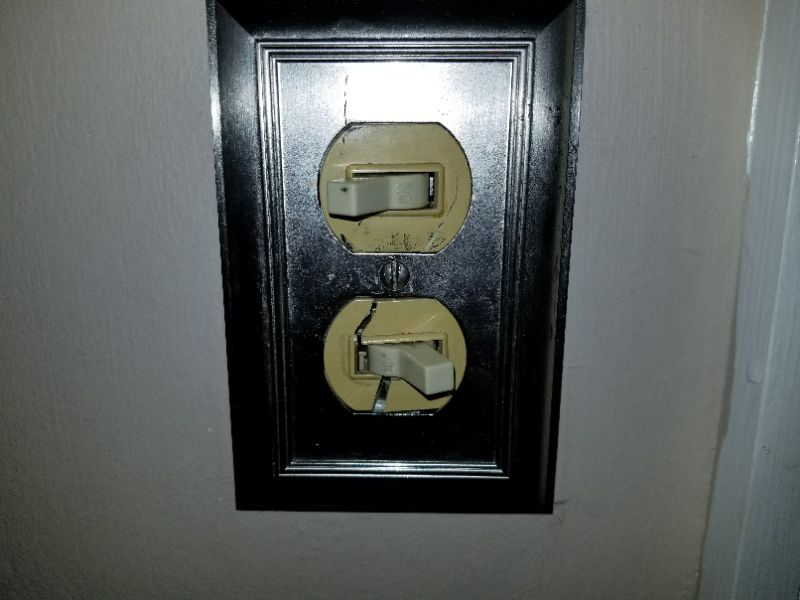
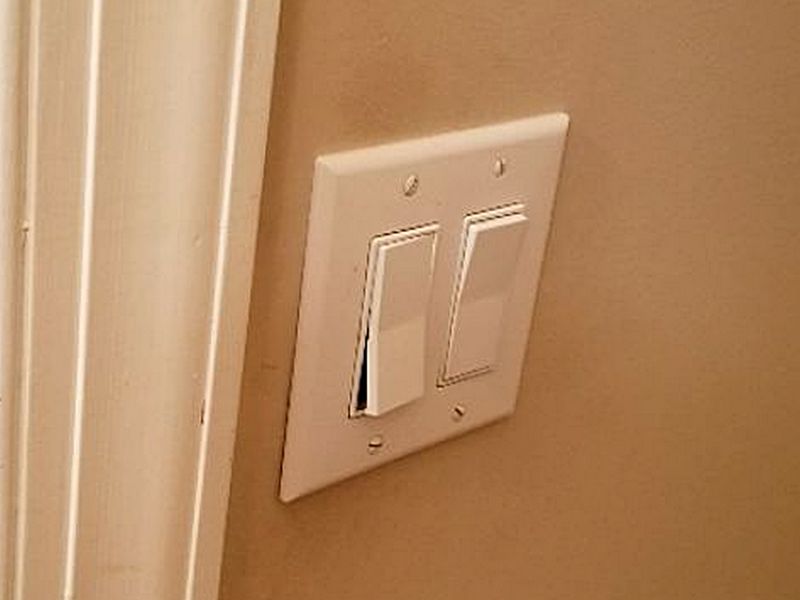
The switch is loose in its box. This is a safety hazard. Hire an electrician to make required repairs.
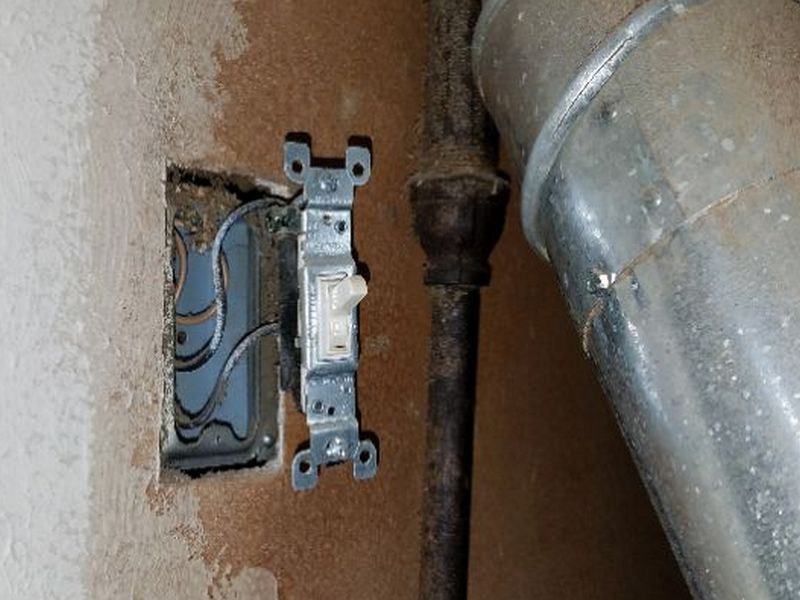
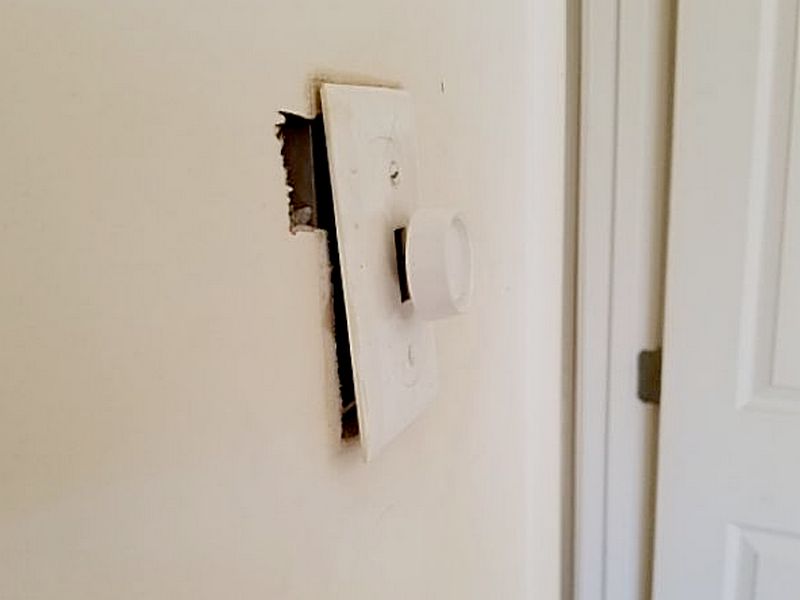
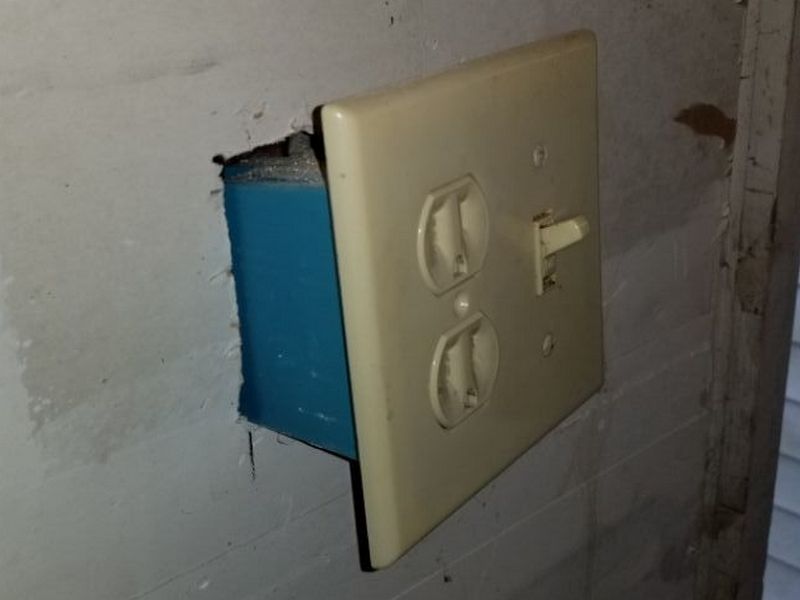
The switch is missing or has not been installed. This affects proper function. Hire an electrician to replace the switch.
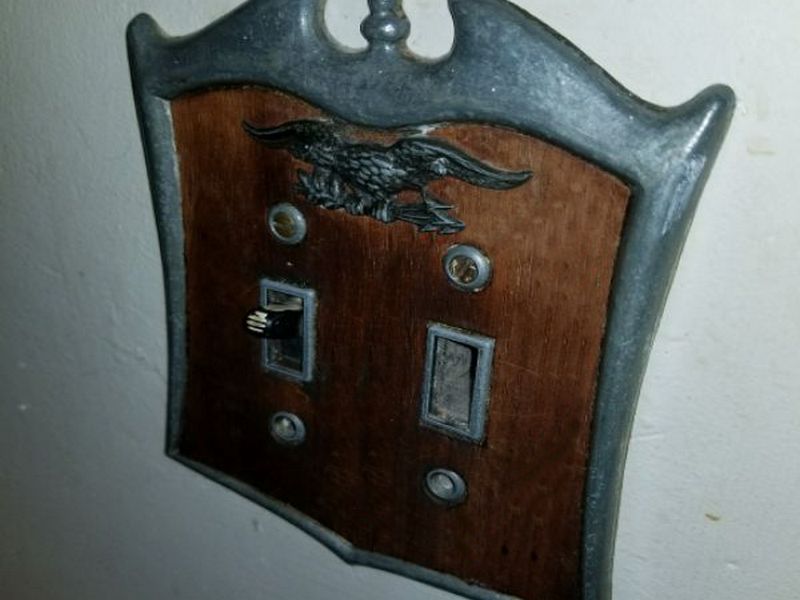
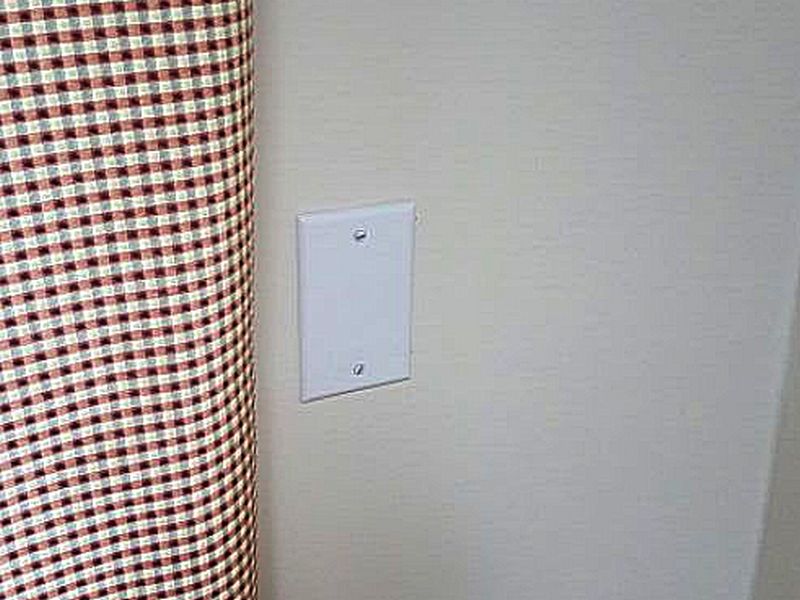
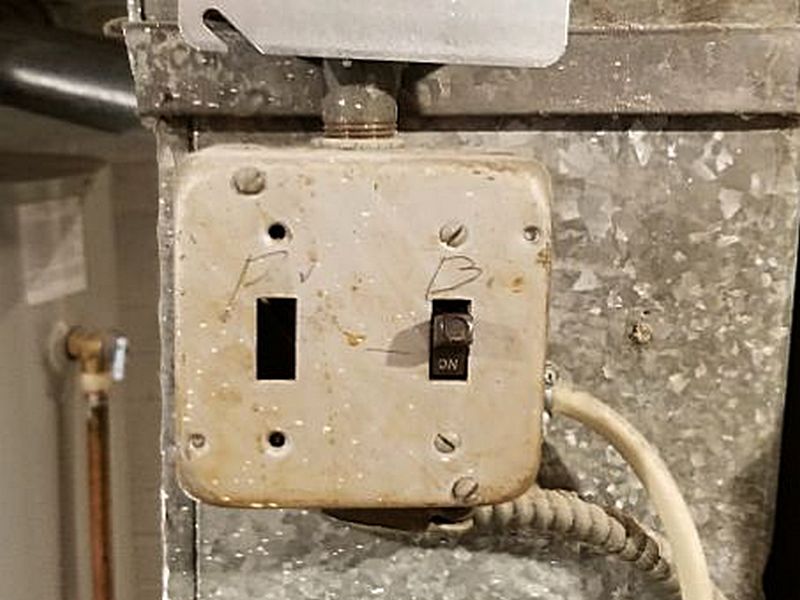
The switch has a damaged cover plate. Cover plates are required to prevent shock hazards and to maintain the junction box’s safety rating. Replace the cover plate.
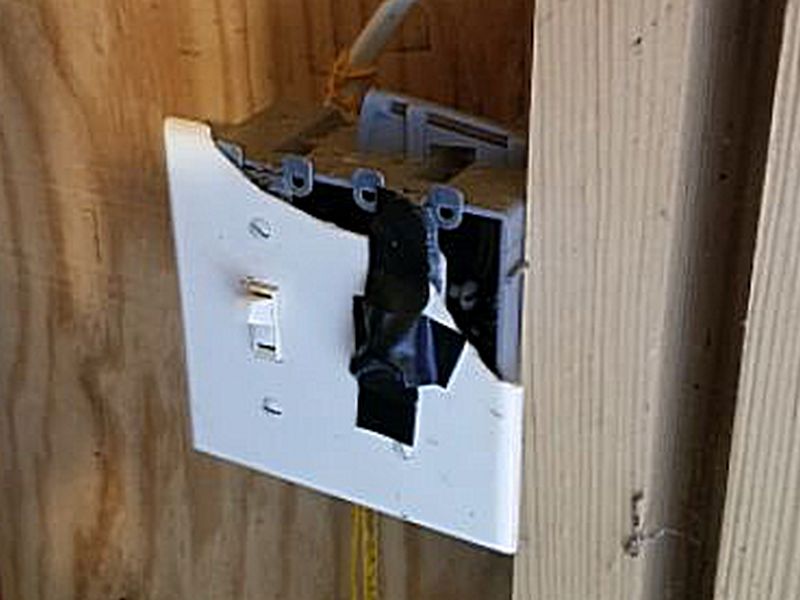
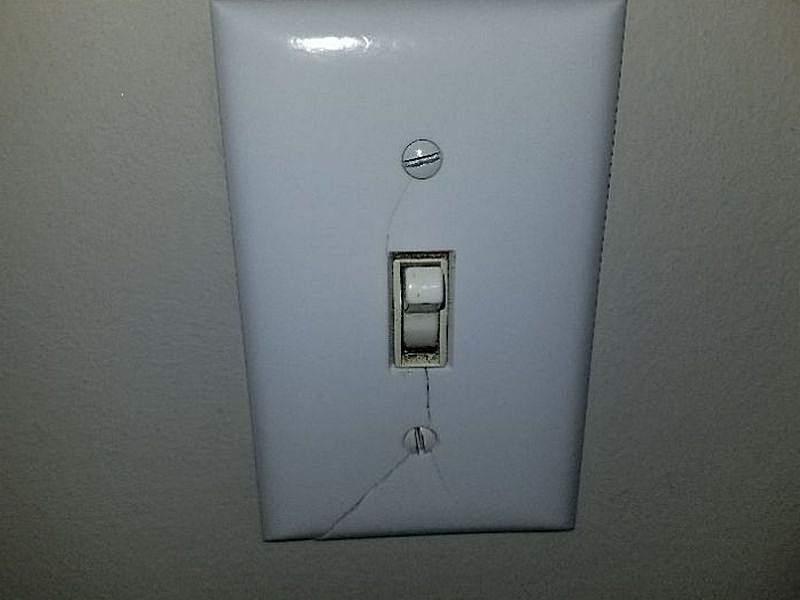
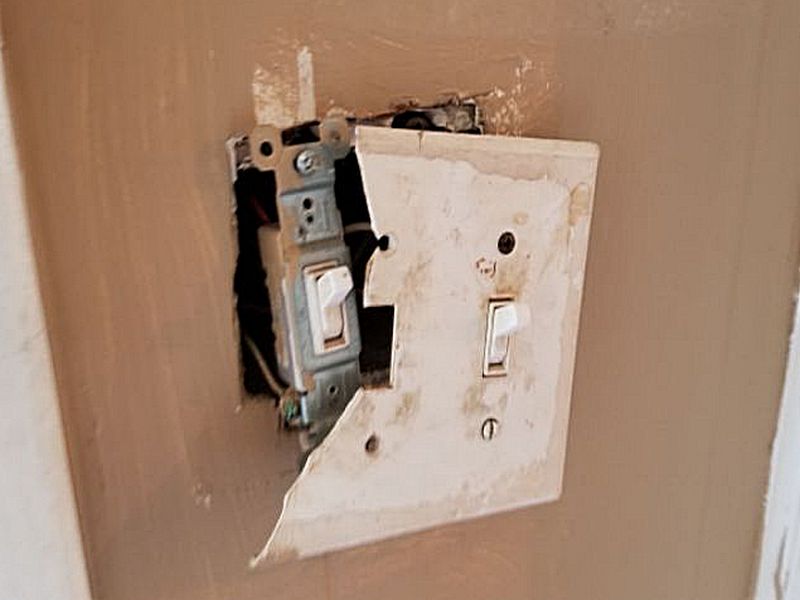
The switch is missing a cover plate. Cover plates are required to prevent shock hazards and to maintain the junction box’s safety rating. Replace the cover plate.
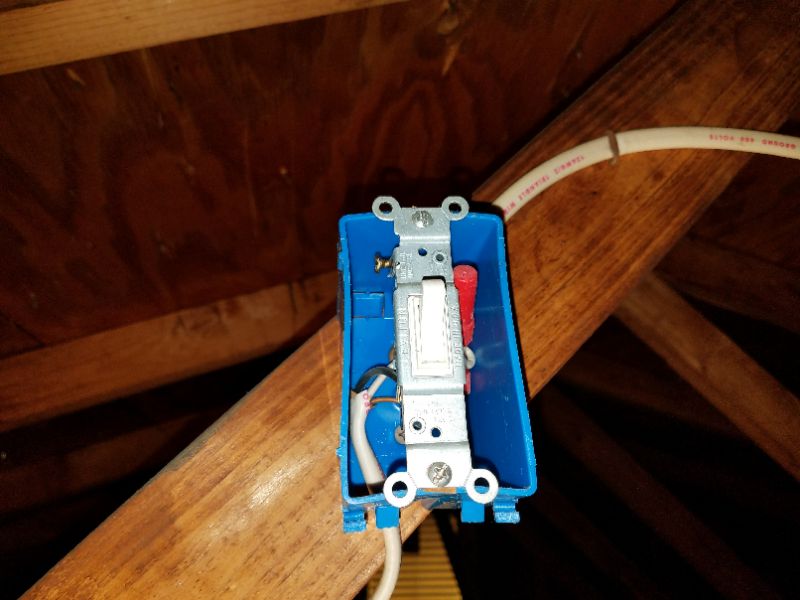
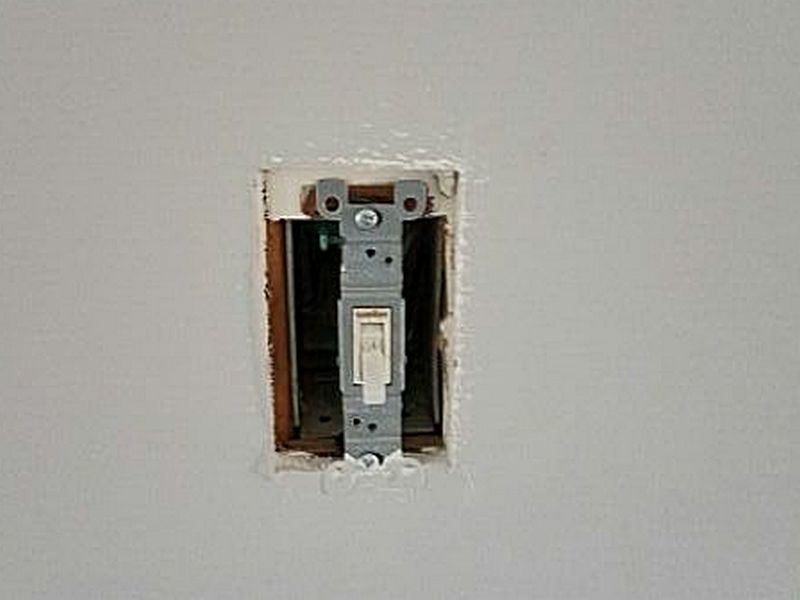
The switch shows evidence of overheating. This is a shock hazard and safety concern. Hire an electrician for an evaluation and to make repairs as needed.
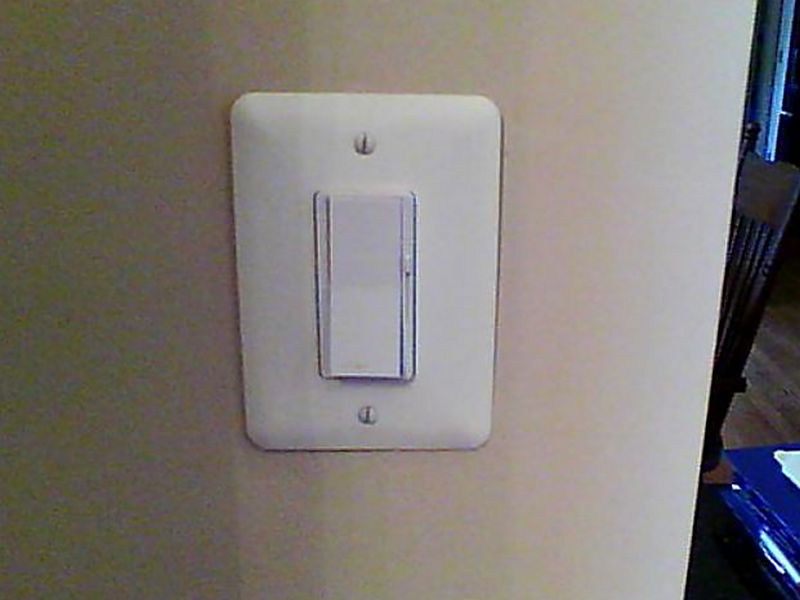
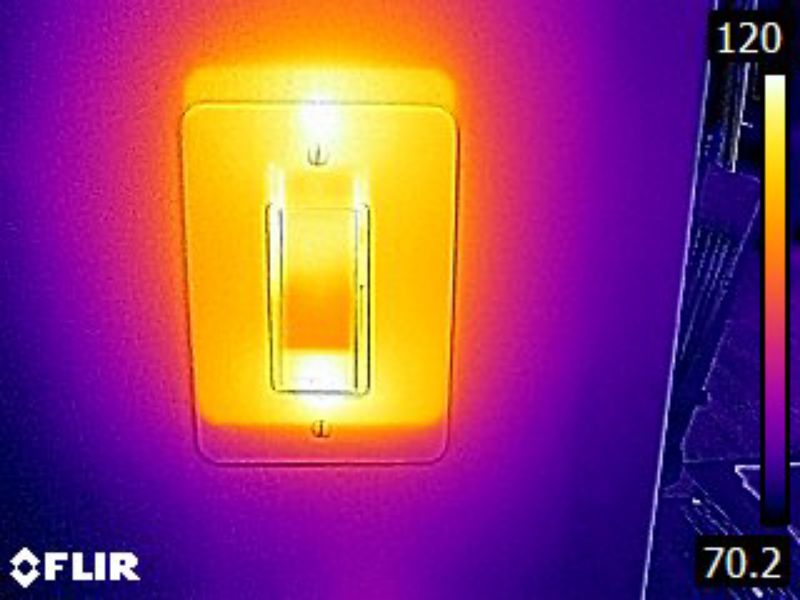
A switch has been taped over to prevent its use. The reason for this is not known. Hire an electrician for an evaluation and to make repairs as needed.
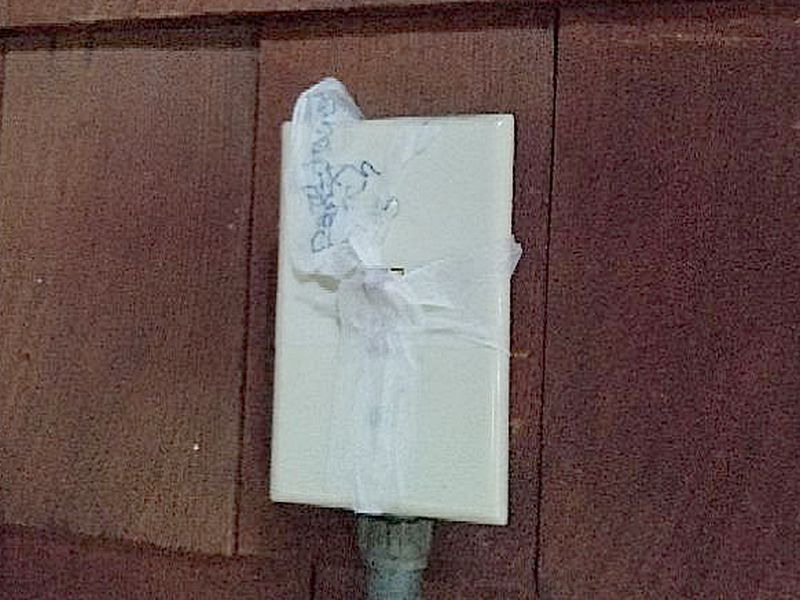
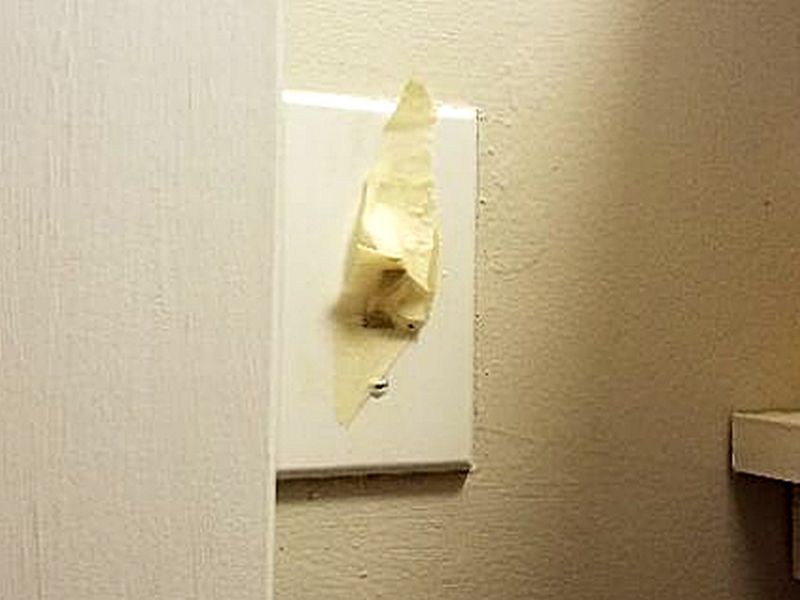
The switch is missing at the stairway. Switches are required at the top and bottom of all interior stairs to allow for proper illumination before use. Hire an electrician to make required repairs.
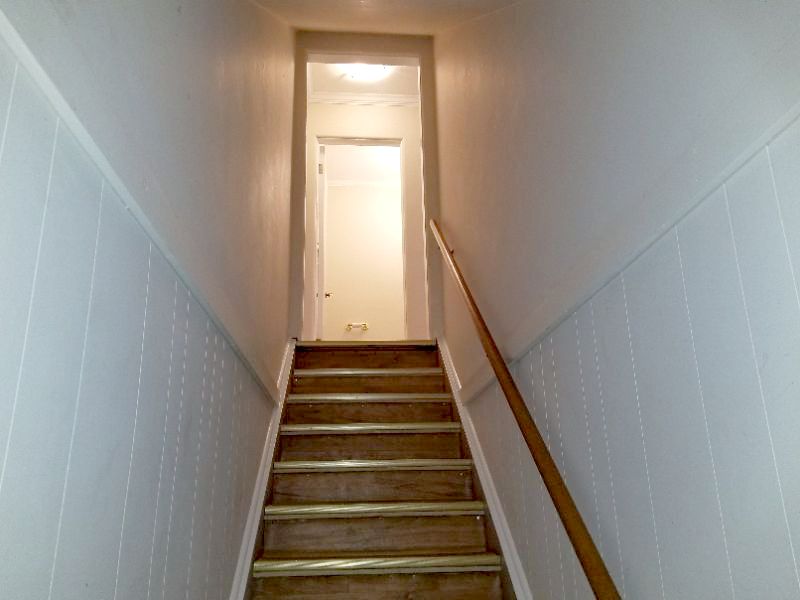
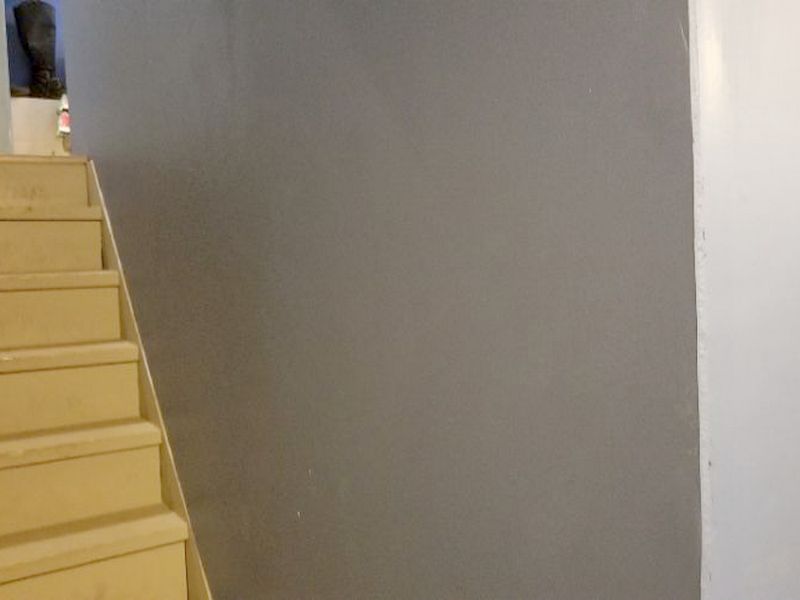
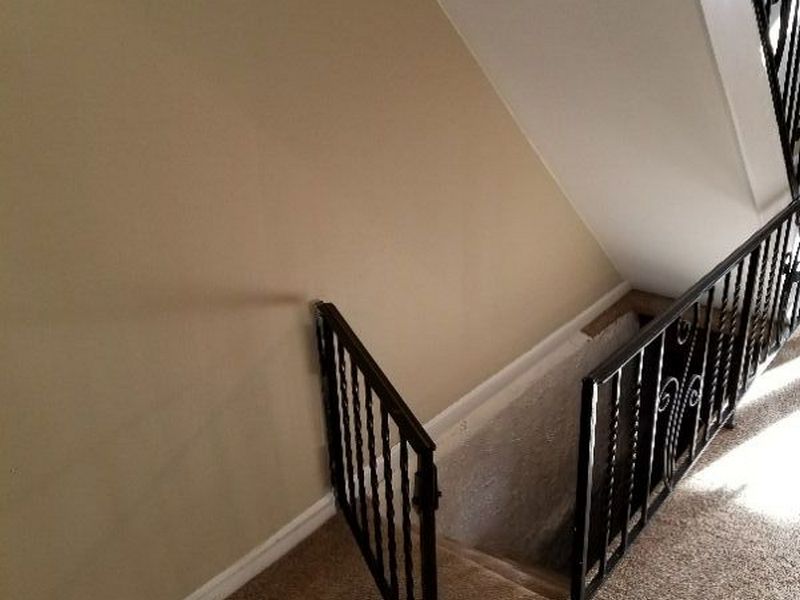
The ceiling fan switch is a dimmer. Most dimmers are rated only for incandescent lights and not for fan motors. Hire an electrician to make required repairs.
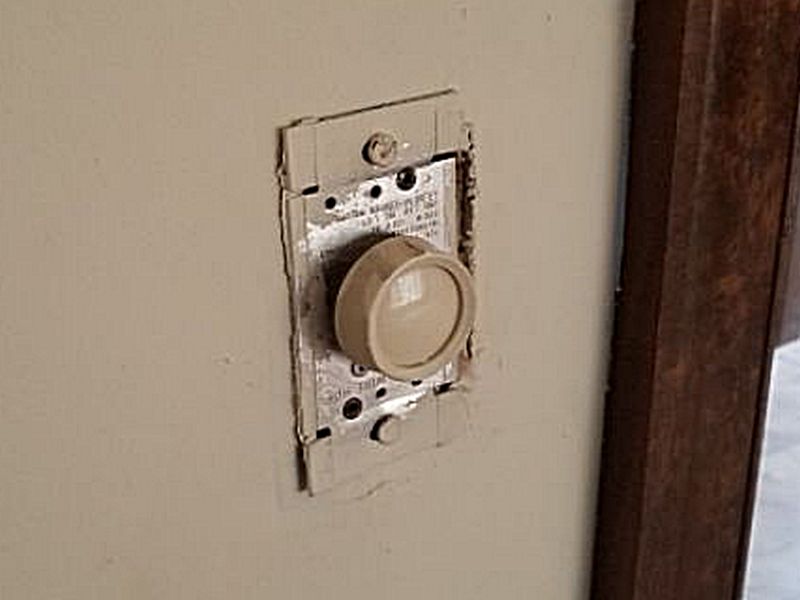
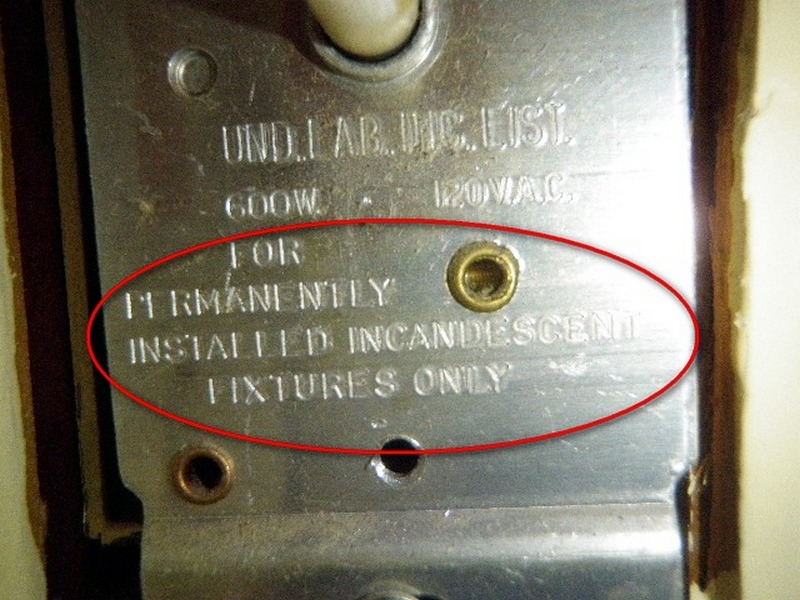
The switch is located too close to a tub or shower area. This is a shock hazard. Hire an electrician to make required repairs.
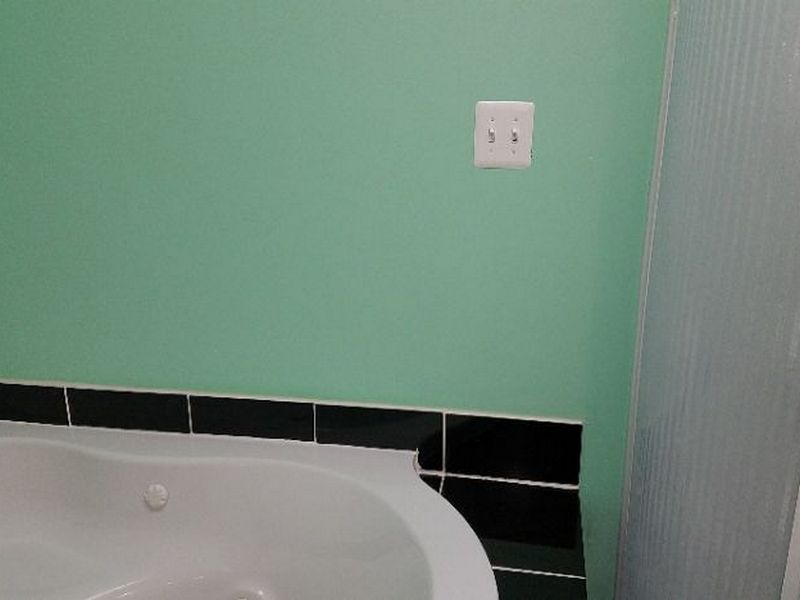
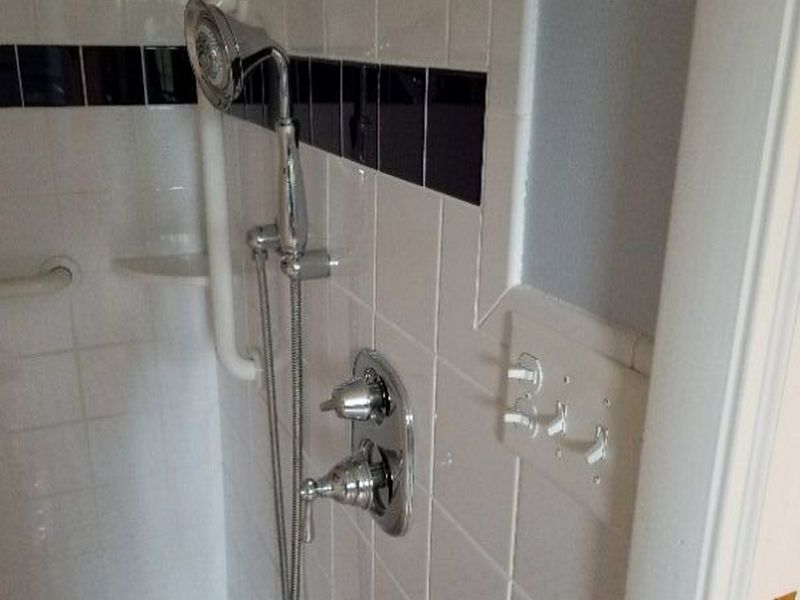
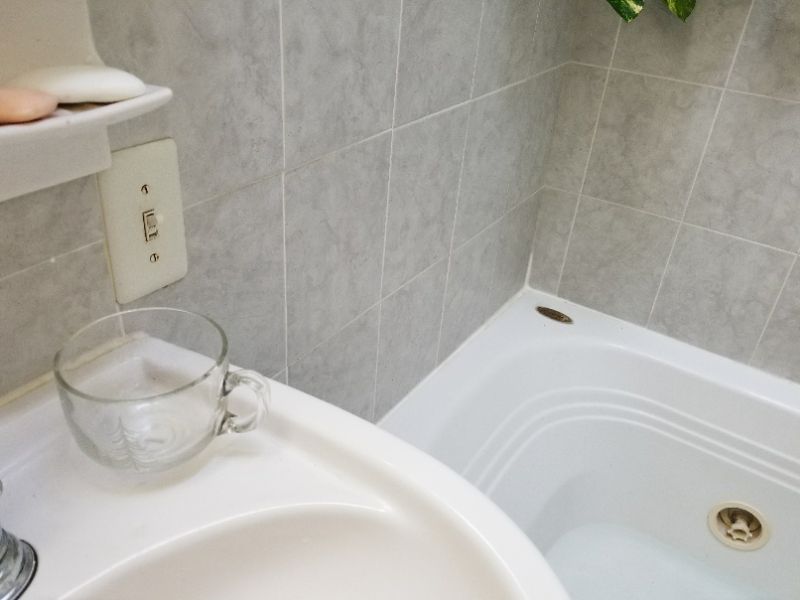
The switch is located in or near a wet area, but the switch does not have a weather cover. This is a safety hazard. Hire an electrician to make required repairs.
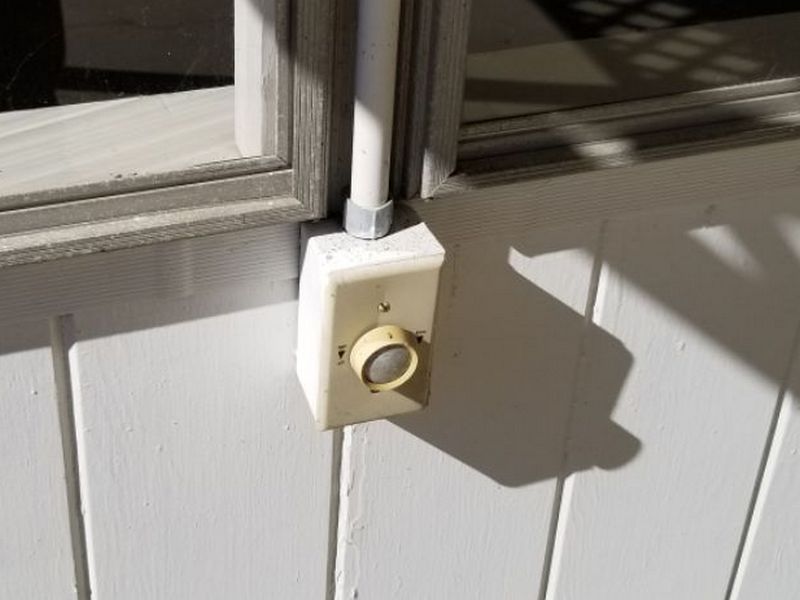
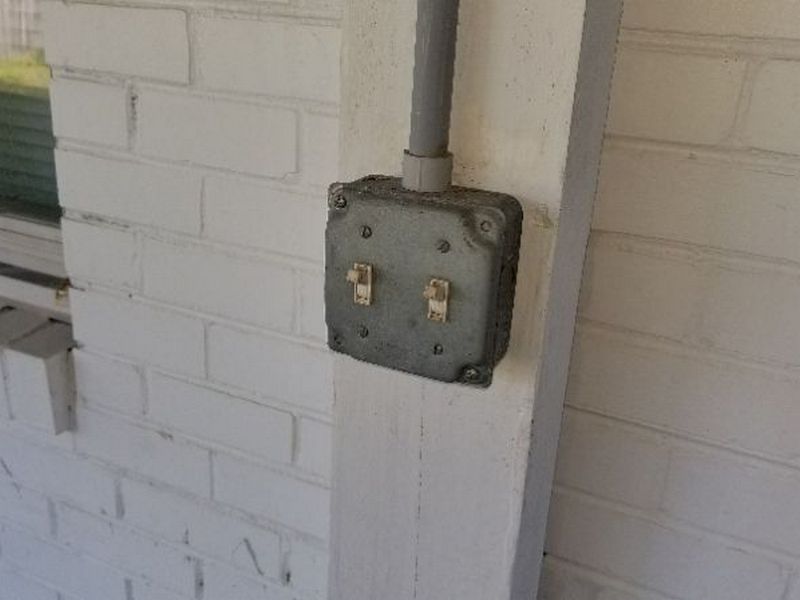
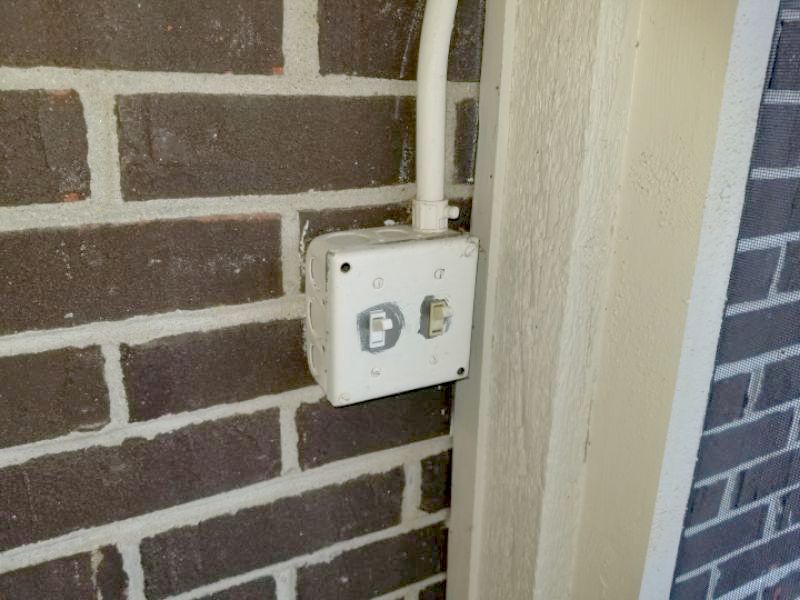
The switch’s weather rated cover is damaged. This is a shock hazard. Hire an electrician to make required repairs.
